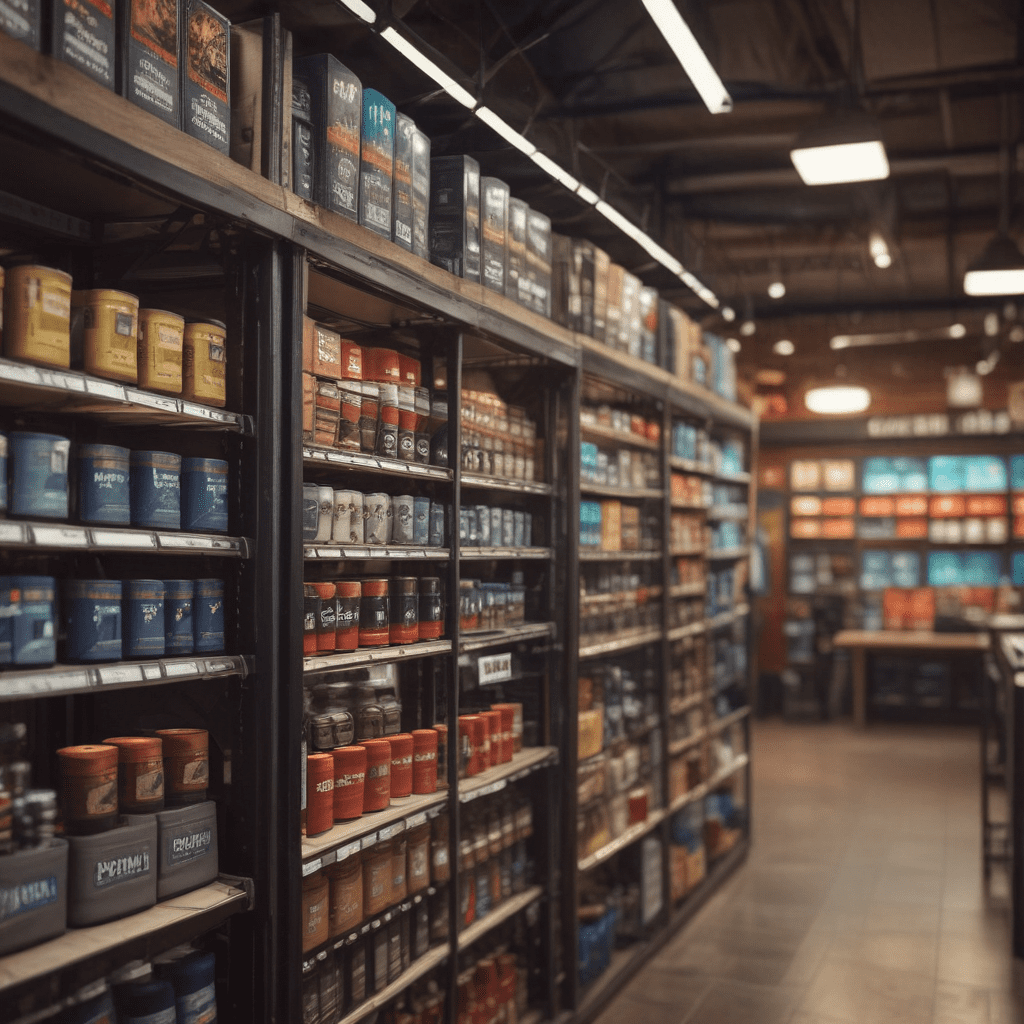3D Printing in Precision Agriculture: Farming Technologies
1. Introduction: 3D Printing and Precision Agriculture
1.1 3D Printing: A Revolution in Manufacturing
3D printing, also known as additive manufacturing, has emerged as a transformative technology, revolutionizing various industries, including agriculture. This technology allows for the creation of three-dimensional objects by depositing materials layer by layer based on a digital design. Its versatility, precision, and ability to create customized objects have made it a valuable tool for farmers seeking to improve efficiency and sustainability.
1.2 Precision Agriculture: Optimizing Farm Management
Precision agriculture is an approach to farming that utilizes data and technology to optimize crop production and resource management. By understanding the specific needs of different areas within a field, farmers can tailor their practices to maximize yield and minimize environmental impact. This approach relies on data collection, analysis, and variable-rate application of inputs such as water, fertilizer, and pesticides.
1.3 3D Printing: A Perfect Match for Precision Agriculture
The synergy between 3D printing and precision agriculture is undeniable. 3D printing's ability to create customized tools and equipment aligns perfectly with the need for site-specific solutions in precision farming. Moreover, the technology's potential to reduce waste and improve resource utilization resonates with the core principles of sustainable agriculture. The integration of these two technologies holds immense potential for transforming the way we grow food, leading to increased efficiency, better resource management, and improved environmental outcomes.
2. Applications of 3D Printing in Precision Agriculture
2.1 Customized Tools and Equipment
3D printing enables the creation of on-demand tools and equipment tailored to specific tasks and crops. Farmers can print tools with ergonomic designs for improved comfort and efficiency, reducing fatigue and repetitive strain injuries. Additionally, they can create customized tools for specific tasks, such as planting, weeding, and harvesting, improving accuracy and productivity. Furthermore, 3D printing allows for the creation of spare parts for agricultural equipment, reducing downtime and maintenance costs.
2.2 Precision Irrigation Systems
3D printing offers innovative solutions for precision irrigation systems. Customized nozzles can be printed to deliver water directly to plant roots, minimizing waste and maximizing efficiency. Additionally, 3D-printed porous structures can be used to improve water infiltration and soil moisture retention. Moreover, sensors for real-time monitoring of soil moisture can be printed, providing valuable data for irrigation scheduling.
2.3 Crop Management and Monitoring
3D printing revolutionizes crop management practices. Seeders can be printed with precise designs to ensure optimal planting depth and spacing, improving seed germination and plant establishment. Customized plant supports and trellising systems can be created to promote healthy growth and increase yields. Additionally, sensors for monitoring plant health and growth can be printed, providing insights into nutrient deficiencies, disease outbreaks, and other critical factors.
2.4 Livestock Management
3D printing has applications in livestock management as well. Customized feeders and waterers can be printed to meet the individual needs of different animals. Prosthetic limbs can be printed for injured animals, improving their mobility and welfare. Identification tags and tracking devices can also be printed to enhance animal management and disease prevention.
3. Benefits of 3D Printing for Precision Agriculture
3.1 Increased Efficiency and Productivity
3D printing empowers farmers to increase efficiency and productivity. Customized tools and equipment improve task accuracy and reduce time spent on manual labor. Precision irrigation systems minimize water waste and maximize water use efficiency. Optimized crop management practices enhance plant growth and yield potential. These factors collectively contribute to increased overall farm productivity.
4. Challenges and Limitations of 3D Printing in Precision Agriculture
4.1 Cost and Scalability
The cost of 3D printing technology can be a barrier for some farmers, particularly for small-scale operations. However, as the technology advances and becomes more widely adopted, costs are expected to decrease. Additionally, scalability may be a challenge, as 3D printing large-scale agricultural equipment or structures can be time-consuming and resource-intensive.
5. Material Limitations for Outdoor Applications
While 3D printing materials are constantly evolving, some limitations exist for outdoor applications in agriculture. Weather resistance, UV degradation, and durability are crucial factors to consider. Ongoing research and development in materials science aim to address these challenges and expand the range of suitable materials for agricultural 3D printing.
6. Lack of Skilled Personnel
The successful implementation of 3D printing in precision agriculture requires skilled personnel with expertise in both 3D printing technology and agricultural practices. A shortage of such skilled individuals may hinder the widespread adoption of this technology. However, educational initiatives and training programs can address this challenge by equipping individuals with the necessary skills and knowledge.
7. Integration with Existing Agricultural Systems and Workflows
Integrating 3D printing into existing agricultural systems and workflows can be challenging. Compatibility with current equipment and software needs to be ensured. Additionally, changes to existing practices and workflows may be required to accommodate 3D-printed tools and technologies.


